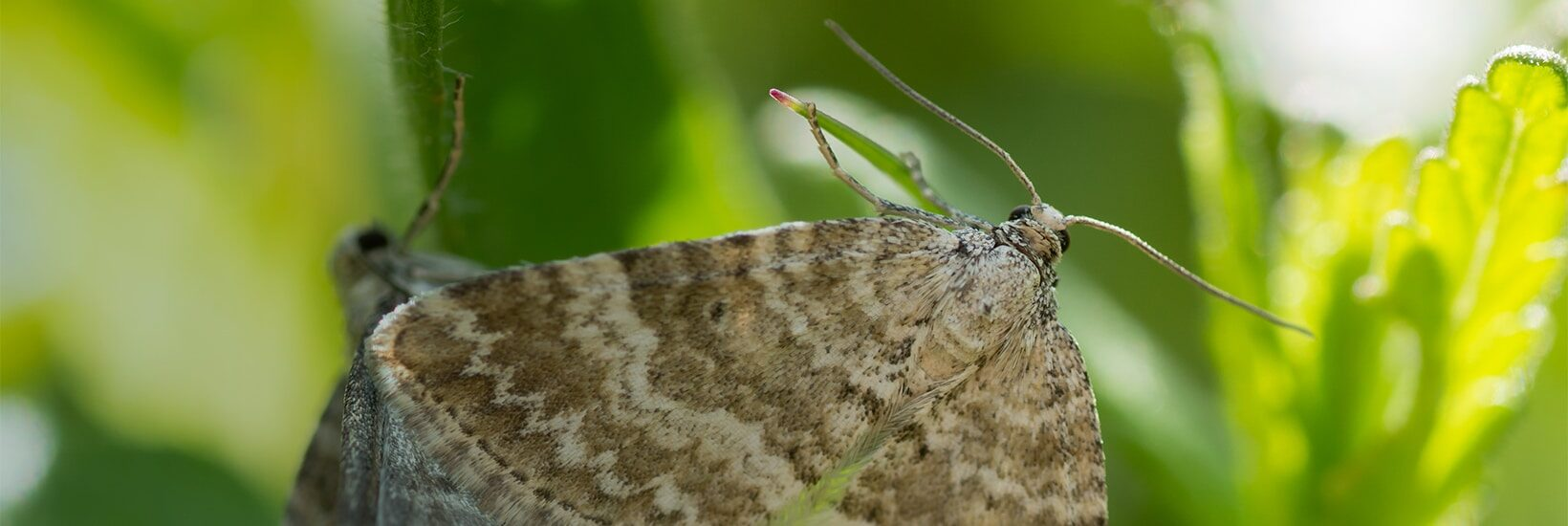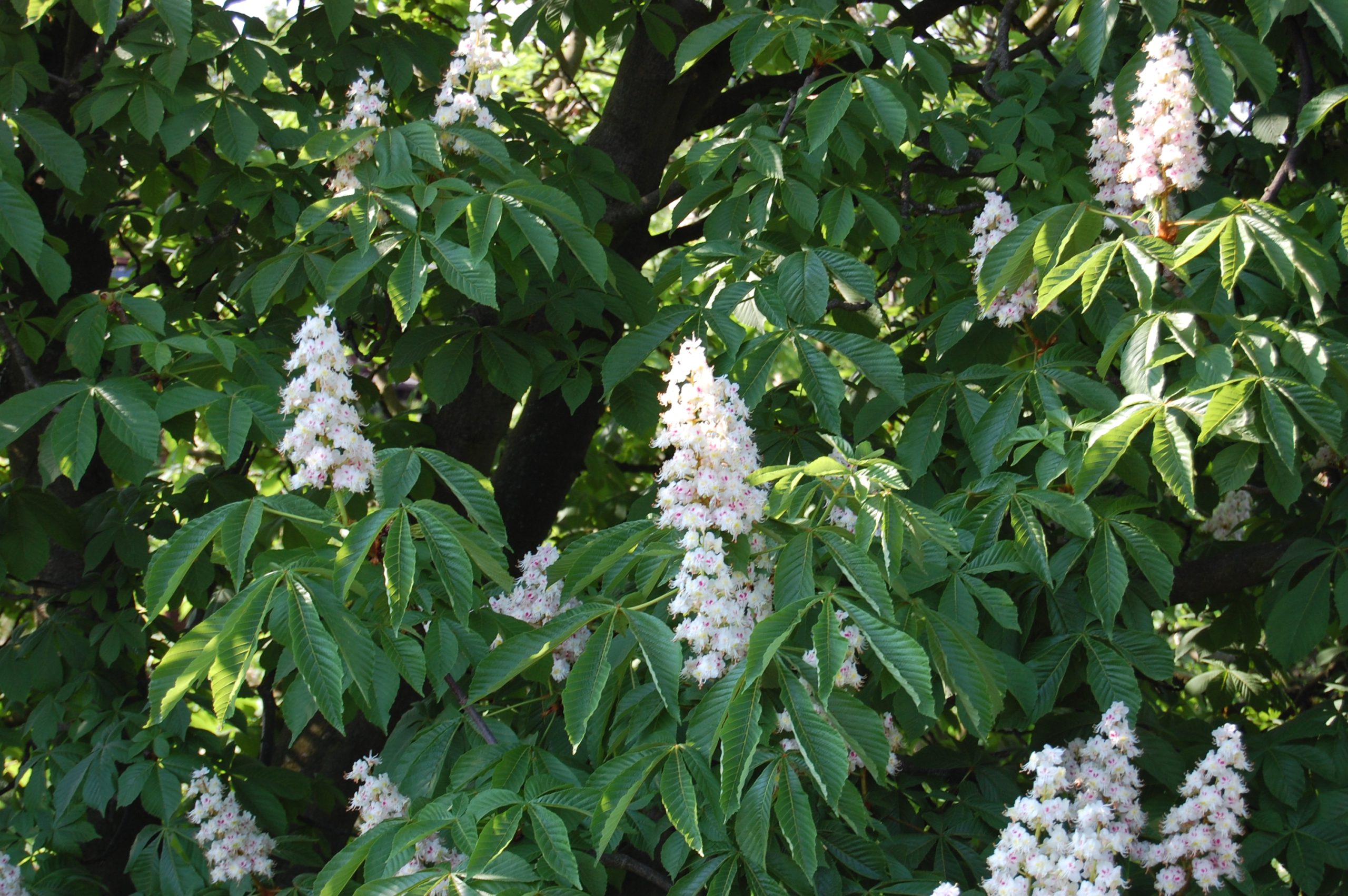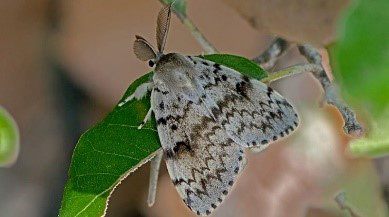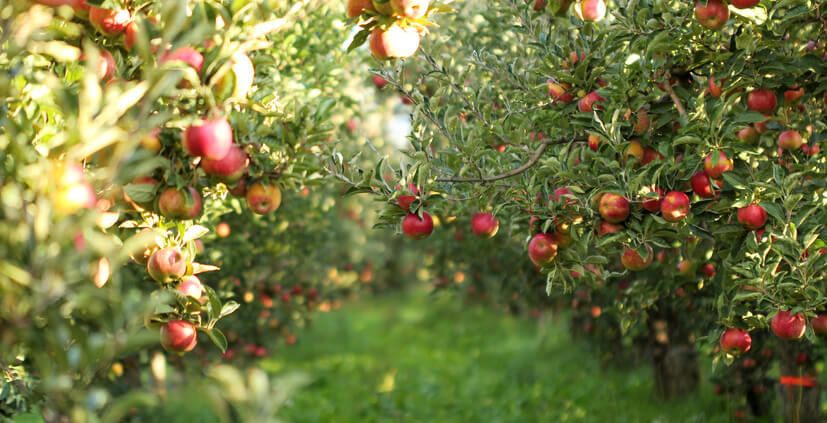Insect pheromones

Most insect pests communicate with members of their own species using semiochemical messages in order to find other insects to mate with (sex pheromones), habitat and food sources (aggregation pheromones), to warn of danger (alarm pheromone) and to avoid competition. Insect pests also use semiochemical cues produced by plants (kairomones) in order to find food sources.
In pest management we make use of semiochemicals to deliver specific decision-making as well as safe and effective pest control.
The use of semiochemicals has a number of advantages in pest management. Pheromones are specific to the target pest, making them highly effective at controlling their behaviour while having limited effect on non-target organisms. They are enough to be used in small quantities to be effective, are of low toxicity and they do not need to be applied to the crop. This makes them safe to use for consumers and safe for the environment.
| Latin | Insect name |
|---|---|
| Cameraria ohridella | Horse-chestnut leaf miner |
| Ips typographus | Eight-toothed bark beetle |
| Lymantria dispar | Gypsy moth |
| Lymantria monacha | Nun moth |
| Tortrix viridana | Green oak leaf-roller |
| Plutella xylostella | Diamondback moth |
| Psila rosae | Carrot fly |
| Archips rosana | Rose tortrix |
| Grapholita funebrana | Plum Fruit Moth |
| Rhagoletis cerasi | Cherry fruit fly |
| Adoxophyes orana | Summer fruit tortrix |
| Cydia pomonella | Codling moth |
| Chrysodeixis chalcites | Tomato looper |
| Cydalima perspectalis | Box tree moth |
| Epiphyas postvittana | Light brown apple moth |
| Ceratitis capitata | Mediterranean fruit fly |
| Grapholita molesta | Oriental fruit moth |
| Lymantria dispar | Gypsy moth |
| Spodoptera frugiperda | Fall armyworm |
| Synanthedon myopaeformis | Red-belted clearwing moth |
| Tecia solanivora | Potato tuber moth |
| Tuta absoluta | Tomato leafminer moth |
| Dasineura mali | Apple leaf-curling midge |
| Drosophila suzukii | Spotted wing drosophila |
| Anthonomus rubi | Strawberry blossom weevil |
| Diabrotica virgifera | Western corn rootworm |
| Halyomorpha halys | Brown marmorated stink bug |
| Planococcus citri | Citrus mealybug |
| Frankliniella occidentalis | Western flower thrips |

Horse Chestnut Leaf-miner
Cameraria ohridella causes significant damage to the horse-chestnut trees, including late summer leaf browning and subsequent reduction in seed weight, photosynthetic ability and reproductive capacity.
Read more

Gypsy Moth
Lymantria dispar, Gypsy moth is one of the most destructive pests of shade, fruit, and ornamental trees throughout the northern hemisphere.
Read more

Codling Moth
The codling moth Cydia pomonella is an economically important pest of many pome fruits including Apple, Pears, Crab Apple, Quince, Hawthorn, Apricot, Plum, Peach and Cherry.
Read more